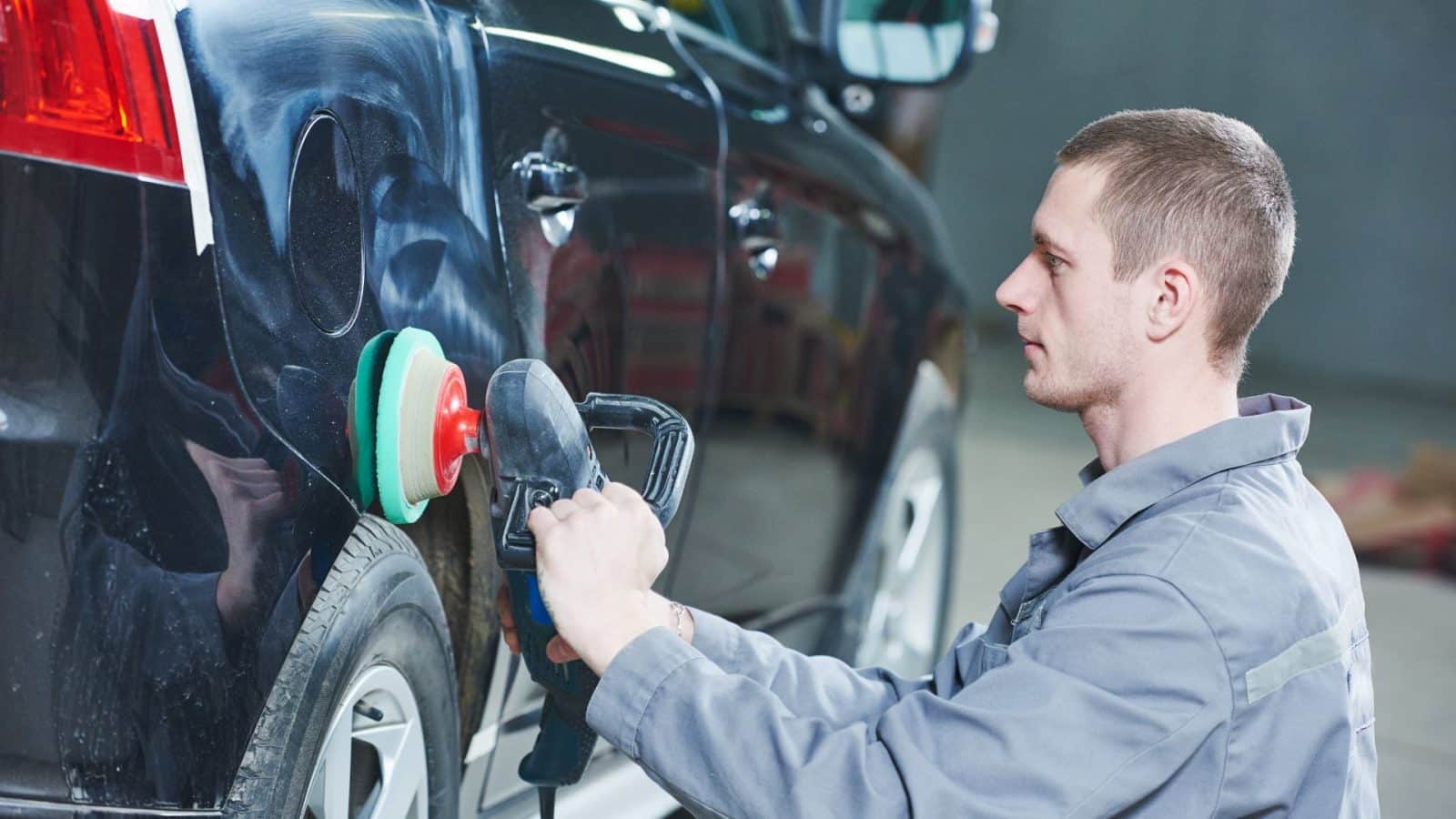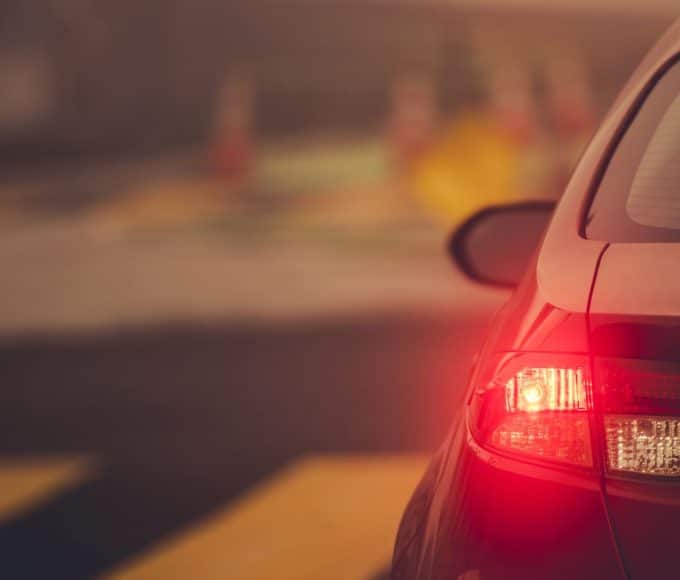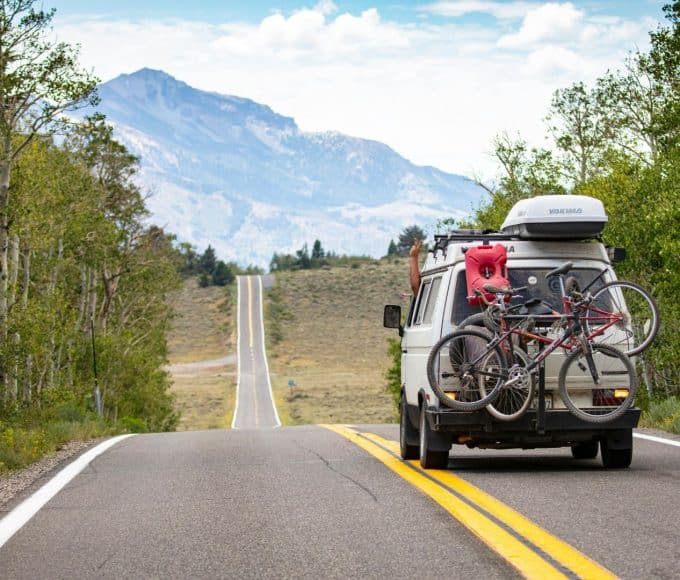Buffing your car at home can save you money and give you a great sense of accomplishment. Taking on this task yourself gives you complete control over the final look of your vehicle’s paintwork. However, a few wrong moves can lead to subpar results or even damage. Here are five buffing mistakes every DIY car owner should avoid if the want to get that professional-looking shine without any setbacks. You can achieve a smooth, glossy finish by learning what not to do.
Neglecting To Clean the Car First Properly
One of the biggest errors is buffing a dirty or improperly washed car. Buffing pushes dirt, dust, and grime across the paint’s surface at high speeds. This process creates fine scratches and swirl marks, undoing all your hard work. Before you even think about picking up a buffer, give your car a thorough wash.
Quick Tip
Use a quality car soap and the two-bucket method to prevent cross-contamination. Follow up with a clay bar treatment to remove any embedded contaminants and achieve a truly clean surface.
Using the Wrong Buffing Pad or Compound
The market offers a wide array of buffing pads and compounds, each for a specific purpose. Using a compound that is too abrasive for your car’s paint or pairing it with the wrong pad can cause more harm than good.
An aggressive combination can burn through the clear coat, while a combination that is too gentle may not correct any imperfections.
Applying Too Much Pressure
It seems logical that applying more pressure during buffing would remove scratches more quickly. However, this approach often results in unwanted outcomes. Using excessive force on the buffer can generate too much heat, which risks damaging the paint’s finish.
It can also cause an uneven, streaky appearance with visible buffer marks or trails. For the best results, let the machine and the appropriate polishing product do the work, and apply steady, even pressure.
Buffing in Direct Sunlight or on a Hot Surface
Buffing a car in direct sunlight or when the surface is hot to the touch causes the polishing compound to dry out too quickly. When the product dries fast, it becomes difficult to work with and can leave behind a chalky residue.
For best results, always work in a shaded area or garage on a cool surface. This gives the compound enough time to break down properly and correct the paint. Knowing whether or not your buffing and polishing pads are reusable also helps you prepare for your next detailing session.
Moving the Buffer Too Quickly or in the Wrong Direction
Proper technique is always important. Moving the buffer too fast across the paint does not give the compound enough time to work, resulting in an inconsistent finish. You should also avoid moving in random patterns.
Proper Technique:
- Work in small, manageable sections, about two feet by two feet.
- Move the buffer in slow, overlapping passes, first horizontally and then vertically.
- This methodical approach helps you achieve uniform coverage and a flawless shine.
By steering clear of these common buffing mistakes every DIY car owner should avoid, you set yourself up for a successful detailing job. Taking your time and using the right materials will reward you with a car that looks professionally detailed.
Recommended reading: Helpful Tips for Hand Washing Your Car at Home















